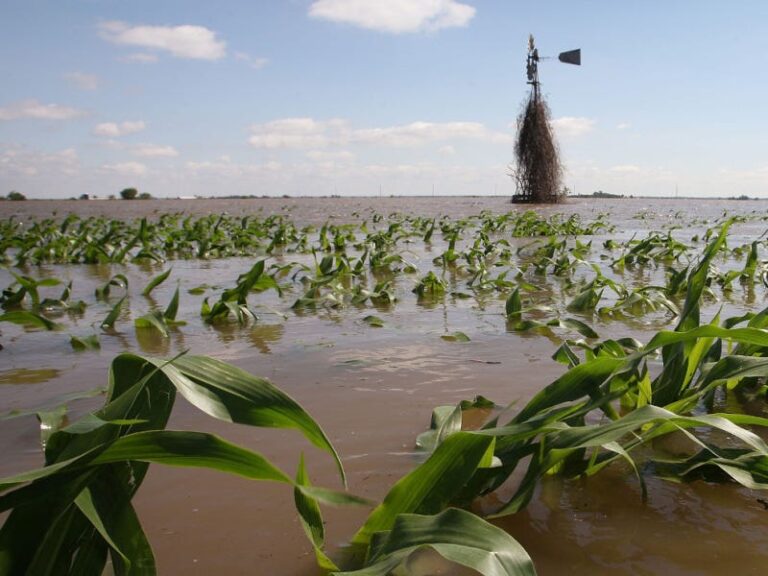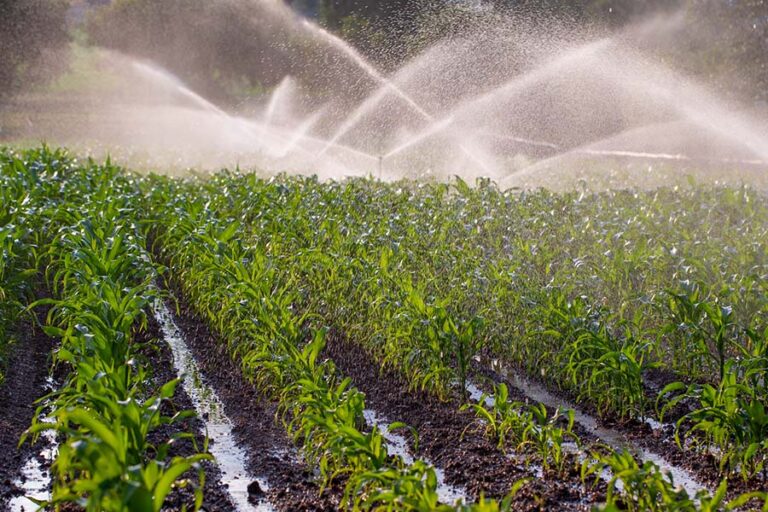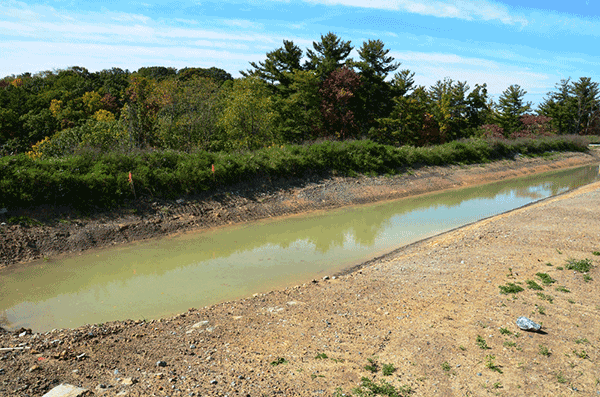Flooding can be an absolute nightmare for farmers. This destructive force has the power to wreak havoc on crops, disrupt the natural balance of the soil, and cause a significant decline in productivity.
According to a study published in PNAS, the impact of floods on food security is significant, affecting approximately 12% of the modeled African population that experienced food insecurity within the study period.
This research sheds light on the alarming consequences of floods on the availability and accessibility of food for a substantial portion of the population. The findings emphasize the urgent need for effective strategies and interventions to address the food security challenges brought about by flood disasters in Africa and beyond.
It’s no wonder that farmers are constantly seeking ways to mitigate the effects of this natural disaster.
In this article, we will explore five practical tips that can empower farmers to tackle the challenges posed by flooding head-on.
But before diving into the solution, let’s first examine the detrimental impacts that flooding can have on your farm.
The devastating effects flooding can have on your farm

This natural disaster can wreak havoc, causing significant devastation to your agricultural operations. Let’s take a closer look at the profound effects of flooding on farms and understand the urgency of finding effective solutions to combat its destructive consequences.
Crop damage
Flooding poses a significant threat to crops, resulting in extensive damage and reduced productivity. When fields are submerged, crops can drown, leading to significant yield losses and compromised quality. The excess moisture also creates favorable conditions for root damage, nutrient leaching, and the proliferation of diseases, further jeopardizing the health of the crops.
Soil erosion
In addition to crop damage, flooding also exacerbates soil erosion on farms. The powerful force of rushing water can erode topsoil, stripping away essential nutrients and organic matter. This erosion not only depletes the soil’s fertility but also disrupts the seedbeds, making it challenging for future crops to establish and thrive. As a result, soil erosion caused by flooding poses a significant obstacle to sustainable agriculture and can hinder long-term crop growth and productivity.
Financial Losses
The reduced crop yields caused by flooding directly translate into decreased revenue. Moreover, the damage inflicted on-farm infrastructure, such as buildings, irrigation systems, and machinery, adds to the financial burden of repairs or replacements.
Additionally, farmers may incur higher production costs due to the need for additional resources, such as soil remediation or pest control measures. The disruption of market opportunities, such as delayed harvest or inability to meet contractual obligations, can further contribute to financial setbacks. These cumulative financial losses can have long-lasting consequences, impacting the farm’s profitability and overall sustainability.
4 things you can do when faced with flooding on your farm
Let’s explore some strategies to mitigate the risk of flooding on your farm.
1. Improve drainage systems

With proper drainage in place, you can effectively manage the flow of water, ensuring it doesn’t accumulate and cause flooding issues.
Consider incorporating subsurface drainage systems, such as tile drains or French drains, to enhance water flow and prevent the accumulation of water.
It’s essential to regularly inspect and maintain your existing drainage systems to ensure they are operating at their best. By prioritizing proper drainage, you can safeguard your crops from the damaging consequences of flooding and create an environment conducive to healthy plant growth.
2. Elevate vulnerable areas

To mitigate the risks of flooding and safeguard your crops, it’s essential to focus on elevating the vulnerable areas on your farm.
Begin by identifying the low-lying or flood-prone sections and implement measures to raise their ground level. Elevating these areas effectively reduces the likelihood of flooding and minimizes potential crop damage. Various approaches can be employed, such as strategic earthworks, constructing raised beds or berms, or utilizing raised planting containers.
These methods enhance water drainage and provide a protective barrier during periods of heavy rainfall. Elevating vulnerable areas on your farm demonstrates your commitment to creating optimal growing conditions and ensures that your crops thrive even in challenging weather conditions.
3. Enhance soil health and conservation
Techniques such as contour plowing, terracing, and cover cropping can play a significant role in improving soil structure and reducing the risk of erosion.
These practices contribute to better water infiltration, enhanced soil health, and efficient water drainage. Prioritizing soil conservation not only protects your farm from the impacts of flooding but also ensures the long-term sustainability of your land.
4. Build retention ponds or water storage facilities

In addition to the previously mentioned strategies, building retention ponds or water storage facilities can significantly contribute to mitigating the effects of flooding on your farm. These structures serve as reservoirs to collect and store excess water during periods of heavy rainfall or flooding. By implementing this strategy, you create a controlled system that allows for gradual water release or absorption into the ground once the floodwaters recede.
Retention ponds provide several benefits for your farm during flooding events. They help alleviate the burden on existing drainage systems by collecting and holding excessive water, preventing it from inundating your fields. Controlling the water release will help you manage the flow and prevent sudden surges that could cause soil erosion or waterlogging.
These water storage facilities also offer opportunities for water reuse and irrigation. During dry periods, the stored water can be utilized to supplement irrigation needs, reducing the reliance on external water sources and ensuring the continued growth and productivity of your crops.
When constructing retention ponds or water storage facilities, it’s essential to consider the topography and drainage patterns of your farm. Strategic placement and design of these structures can maximize their effectiveness in collecting and managing excess water. Consulting with agricultural engineers or professionals experienced in water management can provide valuable insights and ensure the proper implementation of this strategy.
Conclusion
While flooding presents considerable obstacles to farmers, it is important to remember that effective strategies can help minimize its damaging effects. By staying proactive, continuously learning, and adapting your approaches when necessary, you can safeguard your crops, and livelihood, and ensure the long-term sustainability of your farm.
Embrace the resilience and determination that defines the agricultural community, and face the challenges posed by flooding with confidence. With the right measures in place, you can navigate through these difficulties and emerge stronger, ensuring a thriving future for your farm and the success of your agricultural endeavors.